Nature is always changing. Even our most famous landmarks can vanish due to natural forces or human actions. In this article, we look back at seven iconic places – from ancient trees and grand valleys to spectacular rock formations – that no longer exist in their former glory. Their stories remind us of nature’s constant evolution and urge us to protect what still remains.
Also read: 5 Strangest Natural Wonders in the World You Might Not Have Heard About
1. Sycamore Gap Tree, Northumberland, England
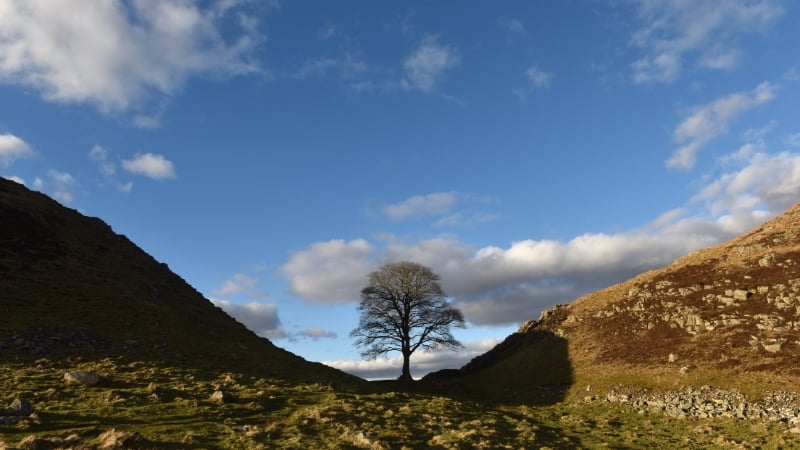
Image credit: Overstep via Getty Images Signature
The Sycamore Gap Tree once stood proudly next to Hadrian’s Wall. It lived for over 300 years and became one of the United Kingdom’s most photographed landmarks. However, in Sep 2023, vandals cut it down, leaving only a stump. Conservation groups collected seeds and cuttings in the hope of one day growing new saplings. Although its loss is heartbreaking, many people still feel a strong attachment to this iconic spot.
2. Hetch Hetchy Valley, Yosemite National Park, California, USA
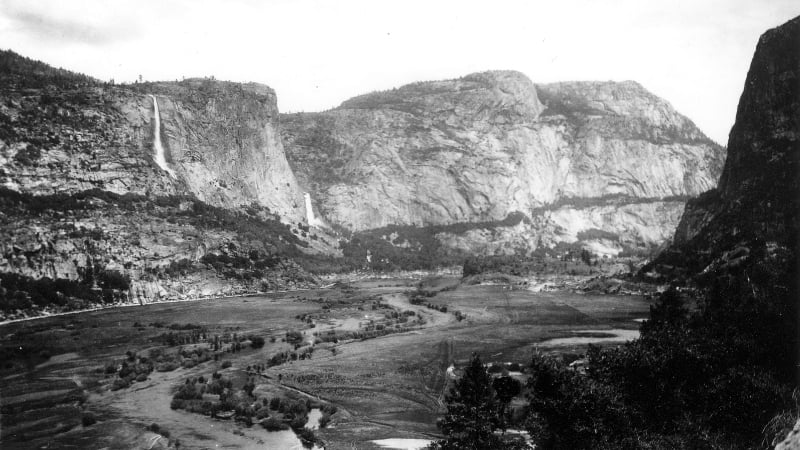
Image credit: Isaiah Wes Taber via Wikimedia Commons (Public Domain)
Glaciers and rivers carved Hetch Hetchy Valley over thousands of years. It matched nearby Yosemite Valley in beauty, with steep cliffs and lush plant life. In 1938, city planners built a dam and flooded the valley to supply water to San Francisco. Today, a deep reservoir hides the original valley. Its disappearance highlights a long debate about balancing progress with the need to protect wild places.
3. Duckbill Rock, Cape Kiwanda, Oregon, USA
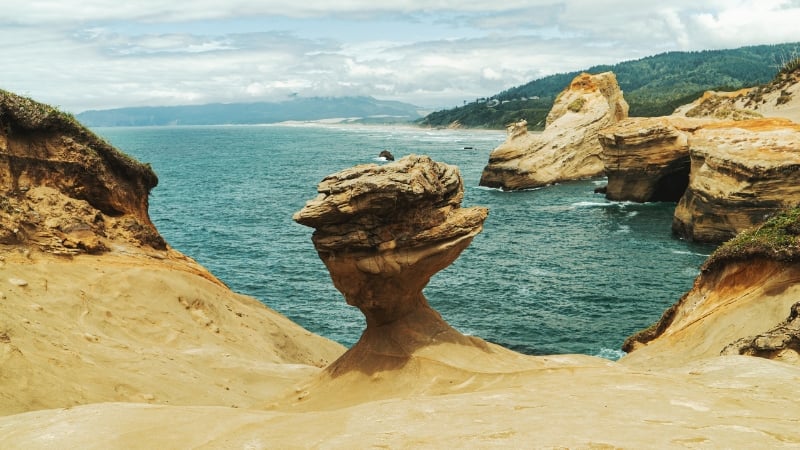
Image credit: Wirestock via Getty Images
Duckbill Rock formed along Oregon’s coastline and earned its name from its duck-like shape. Centuries of coastal erosion moulded the rock, which drew visitors from near and far. However, in Aug 2016, the formation collapsed. Later, a video showed that vandalism had sped up its fall. This sad event shows how both natural forces and careless human actions can erase a wonder in an instant.
4. Azure Window, Gozo, Malta
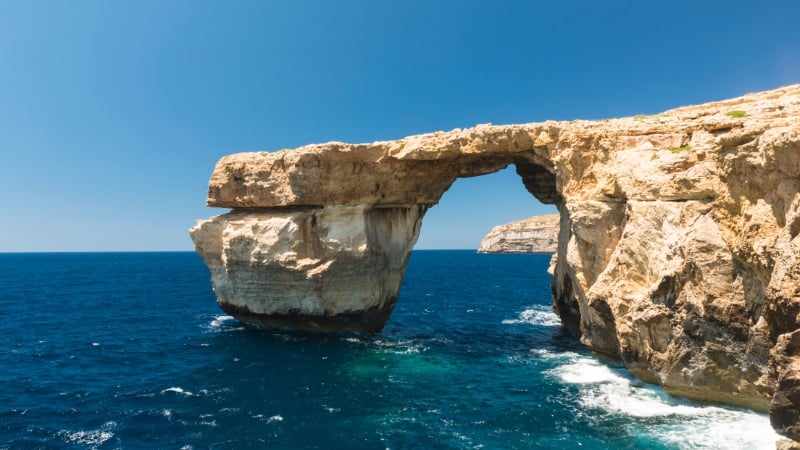
Image credit: Helovi via Getty Images Signature
Malta’s Azure Window was a towering limestone arch that rose from the turquoise Mediterranean Sea. It became an icon after appearing in films, TV shows, and countless photographs. Harsh storms battered the fragile formation for years. In Mar 2017, it finally collapsed into the water. Although only rubble remains, the Azure Window lives on in memories and serves as a symbol of nature’s fleeting beauty.
5. Twelve Apostles, Victoria, Australia
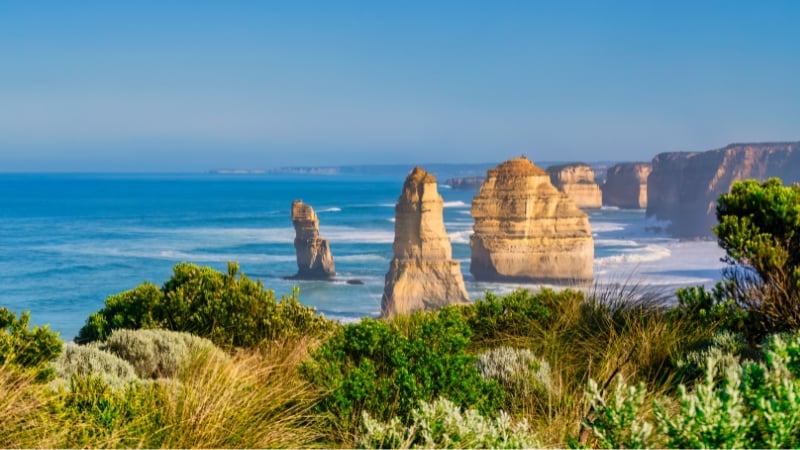
Image credit: Peter0808 via Getty Images
The Twelve Apostles once stood as tall sea stacks along Australia’s Great Ocean Road. Erosion shaped these pillars over millions of years, and they became a famous tourist attraction. Over time, several of the stacks crumbled into the ocean. The group now contains fewer than twelve, contrary to its name. Visitors still travel far to see them, but their shrinking number shows how powerful and persistent the sea can be.
6. Darwin’s Arch, Galápagos Islands, Ecuador
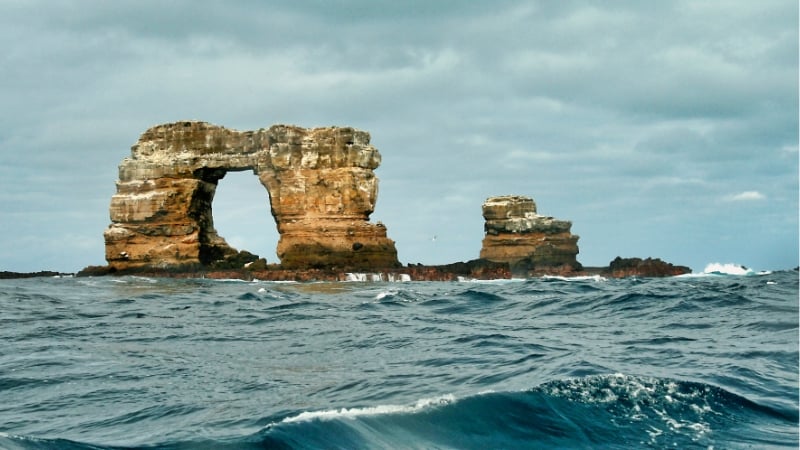
Image credit: Al Carrera via Getty Images
Darwin’s Arch was a natural stone bridge in the remote Galápagos Islands. It honoured Charles Darwin’s legacy and offered a great example of the region’s unique geology and wildlife. However, erosion took its toll on the fragile rock. In May 2021, the arch collapsed, leaving only two standalone pillars known as Darwin’s Towers. This event reminds us that nothing in nature remains the same forever.
7. Okjokull Glacier, Iceland
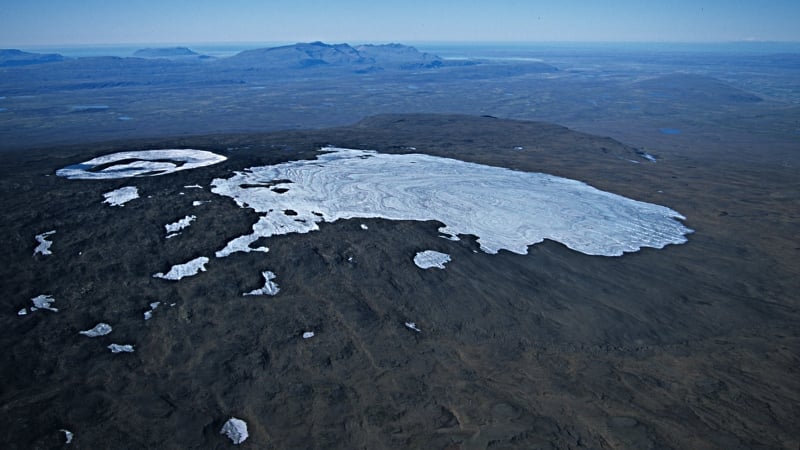
Image credit: Oddur Sigurðsson via Wikimedia Commons
Okjokull Glacier once covered a large area in Iceland. Its icy mass formed over many centuries and reflected the country’s wild beauty. Rising temperatures caused its steady melt until, in 2014, scientists declared it “dead.” This meant it could no longer rebuild itself like living glaciers do. A plaque now marks the spot, reminding visitors of climate change and its impact on our shared planet.
Preserving Our Natural Legacy
These lost wonders show us how fragile our environment can be. They are not just distant memories; they also teach us about change, impermanence, and the need for sustainable care. As travellers, nature lovers, and global citizens, we must treasure the landscapes that remain and fight for their protection. By doing so, we can help ensure that future generations still have the chance to stand in awe of Earth’s most remarkable places.
Also read: 9 Stunning Natural Attractions to Visit in South Korea





